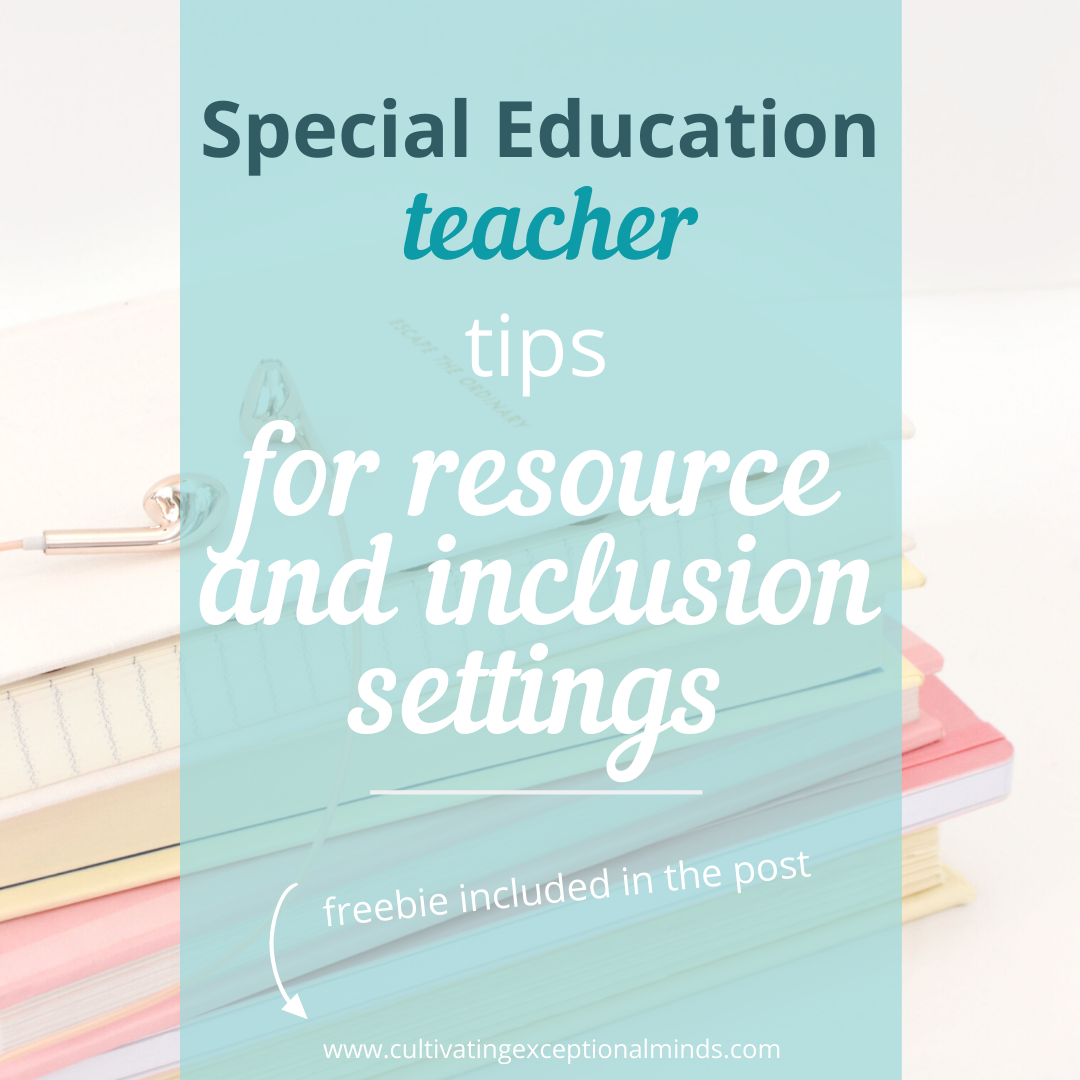I loved being a resource room teacher. No two days are the same. There is always a surprise from a student just around the corner. It could be learning a new skill or it could be a new behavior that needs to be redirected. You never know.
There are several important aspects of being a resource room teacher. I would like to share with you some of the ones I find most important when working with my students.
Data collection is a big one
It is so important because we use it to drive our instruction and make data-based decisions about our student’s learning. In addition, it also shows a student’s progress or lack of progress towards their current IEP goals. It is also used when the IEP team is together and creating goals for the student’s next IEP. Data collection can be overwhelming if you let it. But if you find a system that works for you, you can make it run like a well-oiled machine.
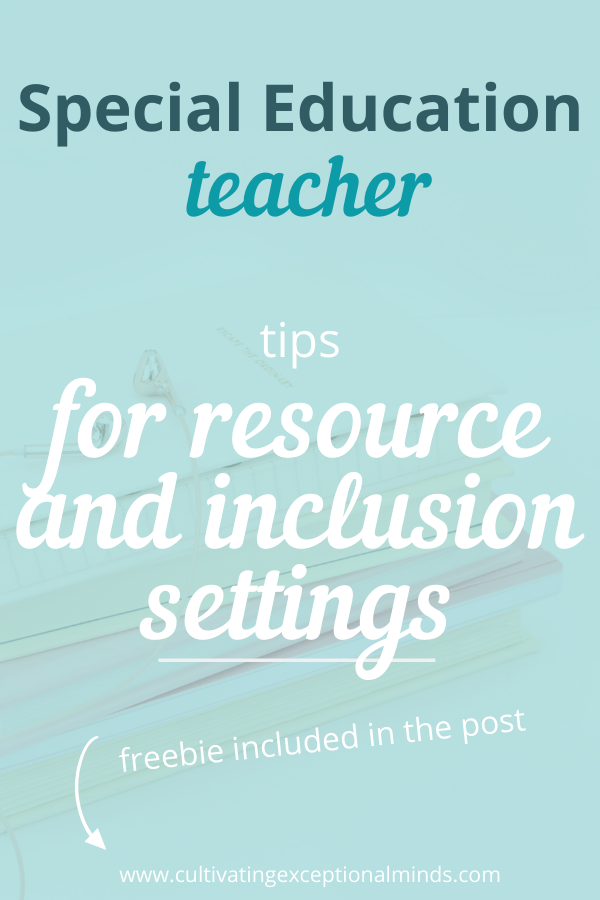
organization
Which brings me to my next point of organization. Having an organized system helps things run smoothly in the resource room and gives the students a routine to follow. For instance, I have a notebook system in my resource room. Each student has an individual binder with tabbed work for each of their individual goals. The first page in their binder is their sign-in sheet. All of my students know when they come into the resource room they get their binder, a pencil, sit down, and start signing in. All of their work is right there in the binder. I can flip to the page I need them to work on and it’s ready to go. The paper stays in the binder so I have it ready to go when I need the data. There are many different ways to collect data. This is just the method I prefer.
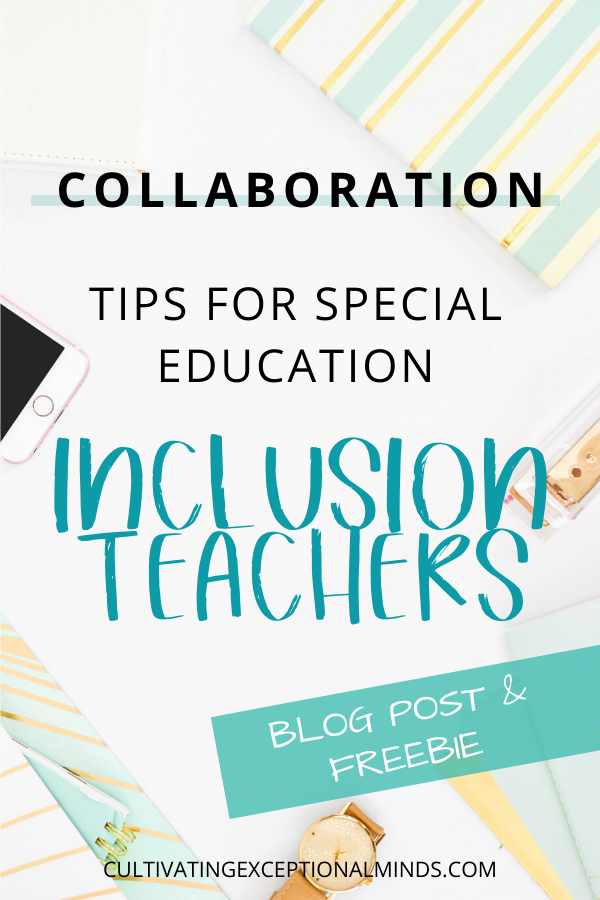
Co-teaching
Another aspect of being a resource and inclusion teacher is splitting time between co-teaching and providing resource services to students. These two types of teaching can both be beneficial to the student. Co-Teaching is done in the general education classroom with all of the students and the general education teacher. This requires planning and collaboration between the special education teacher and the general education teacher. The two teachers decide which co-teaching model would work best for the lesson that will be taught. They also have to decide what roles in the model each teacher will be doing.
I have been on both sides of the co-teaching team. It can be challenging on both sides when it first gets started, but once things start going you can make it a lot of fun and it’s always nice to have an extra pair of eyes in a classroom. One of my favorite co-teaching models to use is station teaching in reading. Both teachers can work with small groups on different levels or different tasks at the same time. In a co-teaching setting the special education teacher does not only work with students with special needs, but with multiple students in the classroom.
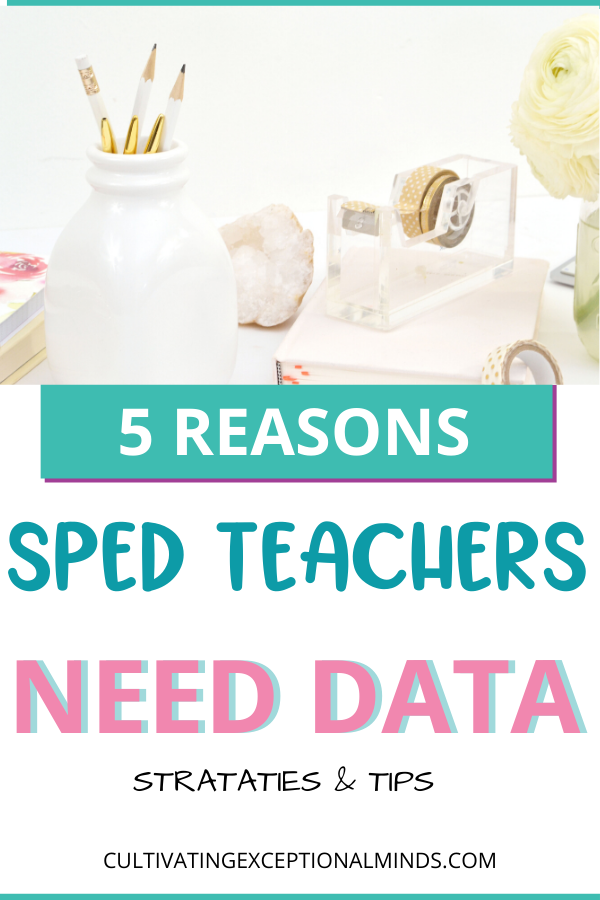
types of services
The resource services consist of pulling students to the classroom to work with them in a small group or one on one setting. The time they receive instruction in the resource room is determined by the student’s IEP. This is when I use my notebooks for the students to sign in and complete assignments or tasks to work towards their IEP goals. The resource room can also provide students with a quieter environment to take or redo assessments from the general education classroom.
Collaboration & Communication
This brings me to my next point, collaboration and communication. This is a key component for any resource teacher. The resource teacher must be able to communicate with many different people throughout the school year.
As a resource/inclusion teacher, you have to be able to plan and collaborate with the general education teacher that you will be teaching with. You also must be able to collaborate with any teachers who have your students in their class, since you will be working on assignments with them, working on scheduling, and making sure your students are grasping the concepts being taught in the class. You also need to be able to communicate with the other members of your special education team. This will help you when scheduling meetings, when you have a difficult situation and need a different point of view, or even a shoulder to lean on if you’re having a tough day.
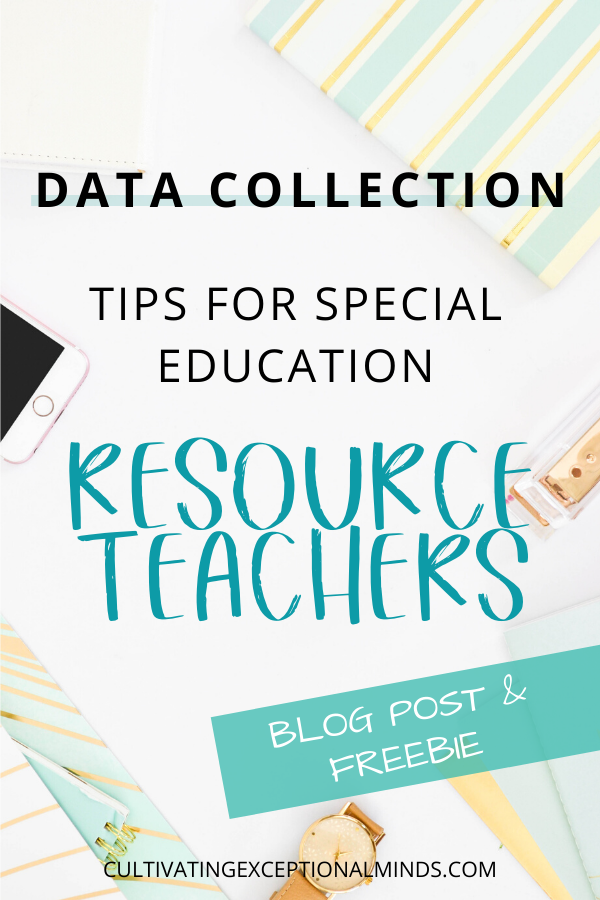
Benefits of communication
It is extremely important to communicate with your student’s parents. You need to know their concerns, their hopes for the school year, and any other important information about the student that may not be in the current IEP. Just as important, we have to communicate with our students. We need to know how they are doing, how they are feeling, and if they feel like they are finding some successes.
I see the most important aspect of my job, as a special education teacher, is the student. We have to be there for the students. All students, but especially special education students can come with a variety of needs.
As special education teachers we must be flexible in our planning, have patience, and show understanding when working with our students.
Overall, through the stress, paperwork, and chaos of some of the days as a special education, the students make it all worthwhile. Seeing that lightbulb moment when the student finally grasp a concept you have working hard on, seeing the student who always seems to struggle finally feel successful, or being able to listen to a student read a complete sentence independently for the first time are just a few of the things that I have been able to witness as a resource room teacher. These are the things that put a spark into my teaching life.

One last thing, as a resource teacher, or any teacher for that matter, it is important to see the child first, the child as a whole, not their disability. If we can look at the child first and the disability second we can make better decisions as educators to meet their individual needs.





